Text
October 10, 1974: Cypriots hold an Anti-American demonstration with a virtual funeral of Henry Kissinger, US Secretary of State, in Nicosia.
General description of the clip:
Protesters hold and beat drums - Protester follows holding a book and dressed in priest's clothes - Protester holds a pillow with skull and paper inscribed His Nobel Prize - Coffin carried by protesters - Hold placards - Protester wears a hat with the colors of the US flag - Protesters carry stickers with the names of US Presidents in the their back.
Clip source: Originally from PIK television programing archives in Digital Herodotus Archive.
#cyprus#cypriot#cyprus archive#cyprus history#photography#cypriot archive#archive#cypriot heritage#history#cypriot history#pik archive#henry kissinger#cyprus 1974#anti american protest
1 note
·
View note
Text

"Women Walk Home 1975" Poster.
A poster promoting "Women Walk Home," a movement of Cypriot women protesting the occupation and oppression of Cypriot following the events of 1974.
Their goal was to fight for reunification of the divided island and the peaceful coexistence, without outside interference or artificial barriers of Cypriots.
The movement spread outside of Cyprus, and women all around the world marched alongside Cypriot women to the Green Line dividing the island in an attempt to "walk home".
Women Walk Home unearths a 50-year old, intentionally hidden, women-led movement in Cyprus as women led movements are reigniting around the world.
Source: National History Museum of Greece.
#cypurs#cypriot#cyprus archive#cypriot archive#cypriot history#women walk home#decolonization#anti oppression#cypriot women#cypriot reunification
1 note
·
View note
Text
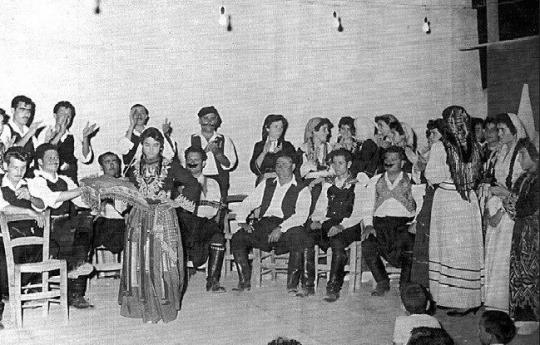

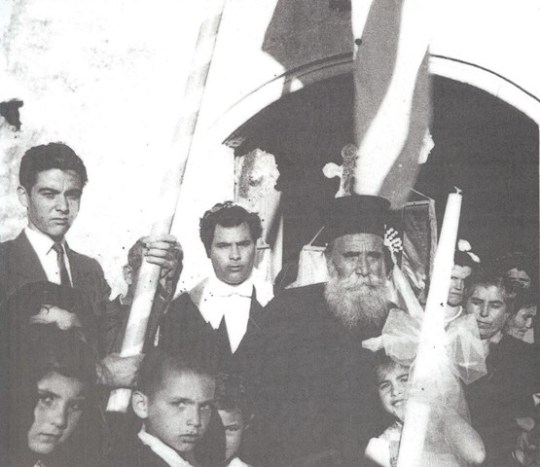


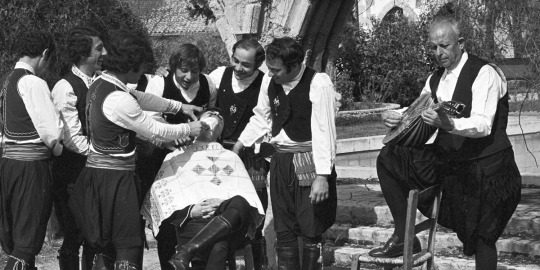

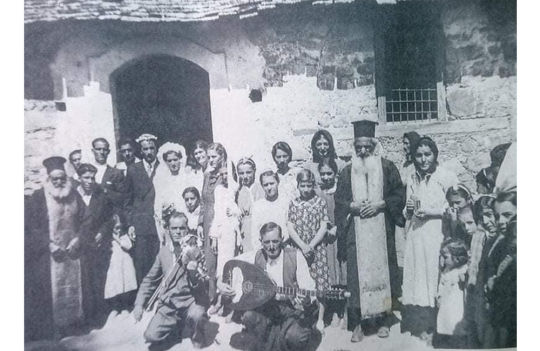


Archival pictures of Cypriot weddings. Most of these images are from weddings in Assia/Paşaköy, Ora, and Fyllia/Serhatköy, with the last slide featuring traditional attire from 18th century Karpasia/Karpaz.
Image source: Anastasis Pipis, Philia Village Archive, Ammochostos Golden Sands Collection, and the Assia Cultural Association.
Disclaimer: Please note no copyright infringement intended, and I do not own nor claim to own any of the original images or information unless otherwise stated.
#cyprus#cypriot#cyprus archive#cypriot archive#cypriot history#cypriot photography#fyllia#morphou#assia#paşaköy#serhatköy#ammochostos#famagusta#cypriot weddings#cyprus weddings
0 notes
Text
there's an app called "No Thanks" that scans barcodes and tells you whether a company supports israel or not if anyone is interested! it should be available on most app stores!




23K notes
·
View notes
Photo



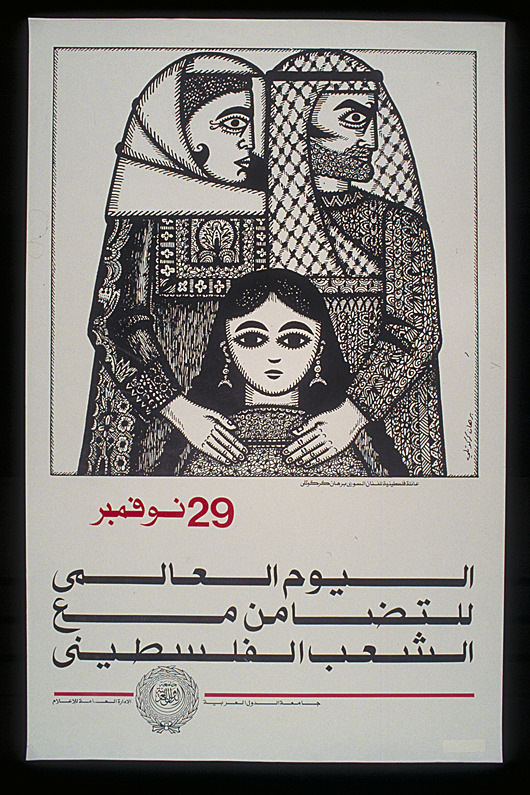
posters by Syrian graphic artist Burhan Karkoutly, from the Palestine Poster Project archives
(they read respectively - Long Live Solidarity with Palestine, The Palestinian Revolution Lives, Jerusalem Is Ours - Victory Is Ours, November 29 - International day of solidarity with the Palestinian people)
5K notes
·
View notes
Text
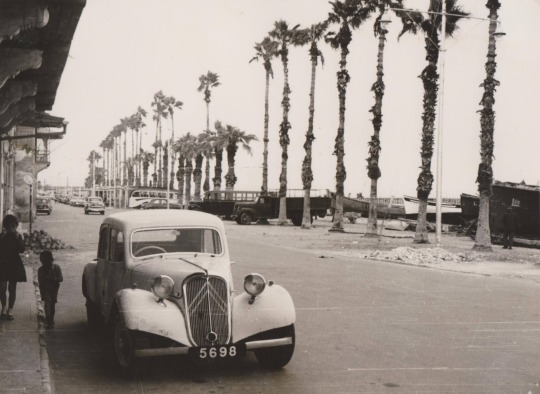

Larnaca sea front, 1957.
Images by Don Christie.
#cypriot#cyprus#cyprus archive#cyprus history#history#archive#photography#cypriot history#cypriot archive#cypriot heritage#larnaca sea port#larnaca#larnaca history#cyprus 1950s#mediterranean#mediterranean sea
1 note
·
View note
Text


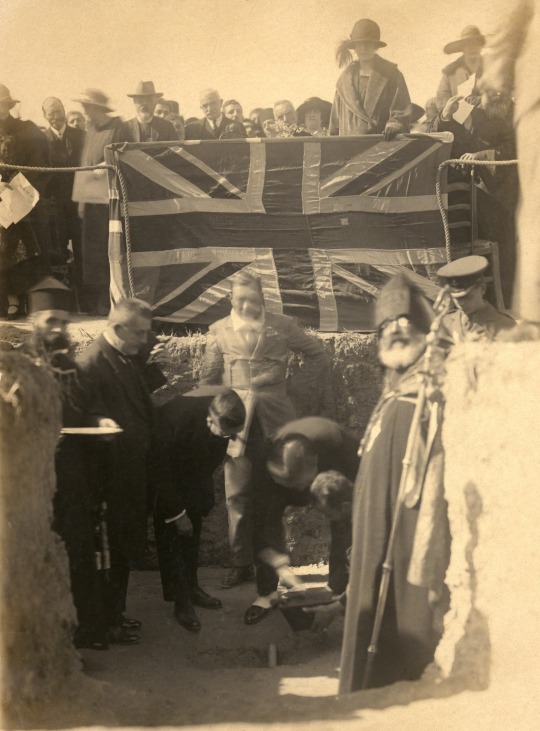

15 February 1924 - 100 years since High Commissioner Sir Malcolm Stevenson laid the foundation stone for the Melkonian Educational Institute at the “Spilios tou Kaloyerou” (Cave of the monk) just south of Nicosia. Present at the ceremony were Bishop Bedros Saradjian, Moushegh Seropian, architect Garo Balian, a multitude of officials and many members of the Armenian community of Nicosia.
“The great benefactor, Garabed Melkonian, was unable to attend the ceremony due to his health and sent a telegram instead. In less than two years later, the huge estate would become home to the first 78 students, all of them Armenian Genocide orphans.
The realisation of this unique achievement was the result of combining the vision of Moushegh Seropian (formerly Archbishop of Adana) and the wishes of Garabed Melkonian, who bequeathed his and his late brother’s, Krikor, immense wealth for the construction and maintenance of the Melkonian Educational Institute, an unparalleled school with a boarding house across the Armenian Diaspora.
After the barren hill on which the Melkonian was built was cleared out of the many foxes and was cultivated, it was euphemistically called “Ծաղկաբլուր” (Flower Hill) by Moushegh Seropian, who - together with Archbishops Zaven Der Yeghiayan and Bedros Saradjian - was in many ways responsible for realising this noble goal.
The iconic buildings, together with the legendary water tower, soon became a landmark for Nicosia, Cyprus and the Armenians around the world.”
Information and photos courtesy of Gibrahayer Magazine.
#cyprus#cypriot#cyprus history#cypriot history#armenian cypriots#armenians of cyprus#armenian genocide survivors#melkonian school#gibrahayer magazine#gibrahayer#armenian diaspora#melkonian institute#cypriot archive#cypriot heritage#photography#archive#history#cyprus archive
1 note
·
View note
Text
Cypriot Folk Dancing, likely mid-20th century.
Cypriot folk music comprises of a number of traditional instruments from the Levant, North Africa and southern Europe. Shown in the video specifically, are the violin and the oud. Popular dances, including the garşılama, is presented here.
Both men and women can be seen wearing traditional Cypriot clothing, including the tsemberi/çember, sayia/uç etek, vraga, and yileko/yilek.
#cypriot#cyprus#cyprus history#archive#cypriot archive#cypriot heritage#cypriot history#cyprus archive#history#cypriot dance#cypriot traditional clothes#mediterranean#west asia#levant#cypriot fashion#historical video
1 note
·
View note
Text
instagram
Part of a set of reels from British Pathé: Cyprus in 1965.
“CYPRUS - Various shots of traditional Cypriot folk dancing. Aerial views of the coastline. Numerous shots of dancing. Small children watching.“
This footage is a part of a larger travelogue series on Cyprus, totalling nearly 50 minutes
📸: British Pathé.
Disclaimer: Please note no copyright infringement intended, and I do not own nor claim to own any of the original images or information unless otherwise stated.
#cyprus#cypriot#cyprus archive#archive image#cypriot archive#cyprus history#cyprus fashion#cypriot heritage#cypriot dancing#british pathe#cypriot history#archive#history#photography#Instagram
2 notes
·
View notes
Text

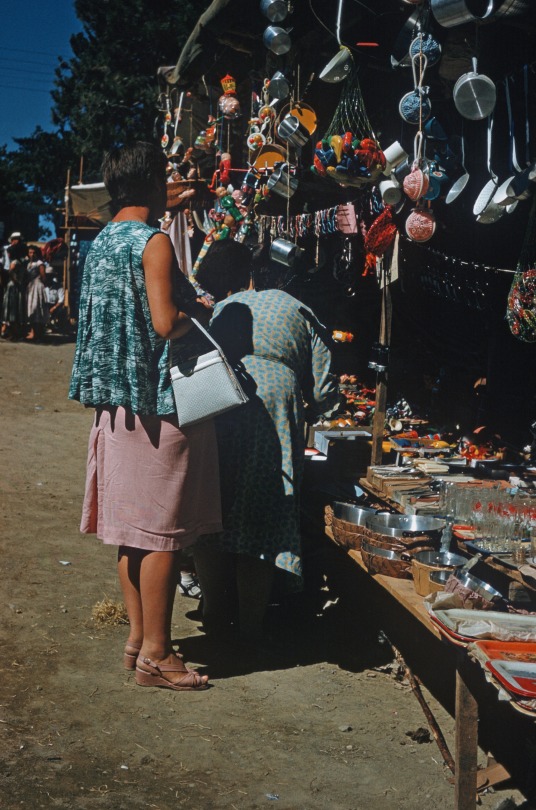


Prodromos village market in 1957.
Gorgeous detail in these scans!
📸: Don Christie (photos provided by relative Mike Christie).
#cyprus#cypriot#cyprus photography#cyprus heritage#cypriot heritage#cyprus archive#cypriot archive#cyprushistory#cypriot history#mediterranean#west asia#prodromos village#cyprus photographer#cypriot photography#photography#cyprus history#history#archive
0 notes
Text

The Melkonian School, 1933, Nicosia. The 1932-1933 graduating class of the secondary school, photographed with the faculty.
The Melkonian Educational Institute was an Armenian boarding school in Nicosia, Cyprus. Established in 1926 by the Melkonian brothers, it was the only remaining boarding school servicing students of the Armenian Diaspora from nearly 40 countries up until its closure in 2005.
Students and faculty appearing in the 1932-1933 graduating class:
First row, left to right: Andre Shosalan, Terengouhi Sisagian, Annig Dedeyan, Sirvart Musurian, Levon Karakashian, Satenig Magarian, Haroutyun Toumayan (doctor), Hovhannes Arousian, Hagop Oshagan, Krikor Giragosian (principal), Boghos Kevorkian, Onnig Mahdesian, Sirouhi Benlian, Onnig Kovan, Nvart Odabashian, Asadour Magarian, and Vahan Bedelian.
Second row, left to right: Levon Apkarian, Parounag Tovmasian, Armenouhi Papazian (from Larnaca, Cyprus), Yesper Markarian (from Kelegian Orphanage, Beirut, Lebanon), Keghanoush Tabakian (from Beirut, Lebanon), Berdjouhi Baghdasarian (from Jerusalem), Yeranoush Setian (from Kelegian Orphanage, Beirut, Lebanon), Vartouhi Tokatlian (from Kelegian Orphanage, Beirut, Lebanon), Mayranoush Deyirmendjian (from Kelegian Orphanage, Beirut, Lebanon), Rebecca Ourfalian (from Larnaca, Cyprus), Siranoush Garoyan (Ekmekdjian) (from Beirut, Lebanon), Anahid Bahadourian (from Kelegian Orphanage, Beirut, Lebanon), Mary Satudjian (from Beirut, Lebanon), Varsenig Markarian (from Vasbouragan Orphanage, Jerusalem), Alice Dikranian (Akabi Godoshian) (from Kelegian Orphanage, Beirut, Lebanon), and Manoug Djelalian.
Third row, left to right: Mgrdich Hovsepian (from Aleppo, Syria), Dikran Vosgerchian (from Orphanage of the Dikranagerd Compatriotic Union, Aleppo, Syria), Sarkis Roumian (from Karen Jeppe Orphanage, Aleppo, Syria), Hagop Ourfalian (from Beirut, Lebanon), Hagop Vosgerchian (from Kelegian Orphanage, Beirut, Lebanon), Hayrig Zakarian (from Vasbouragan Orphanage, Jerusalem), and Azad Melkonian (from Karen Jeppe Orphanage, Aleppo, Syria).
Fourth row, left to right: Hagop Palamoudian and Arakel Badrig.
Image and information provided by Boghos Kevorkian, distributed by Houshamadyan.
#cypriot history#cypriot#cyprus#cyprus archive#cyprus history#photography#history#archive image#cypriot archive#cypriot heritage#archive#armenians in cyprus#armenian cypriots#armenians worldwide#armenian diaspora#melkonian school
0 notes
Text
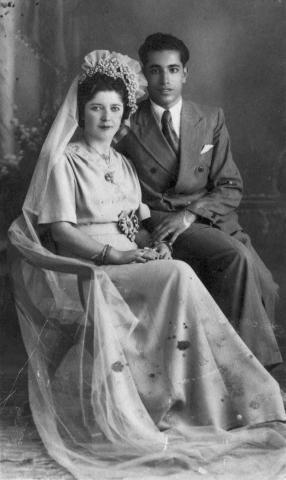
Marriage registration of Sadıka and Muhsin taken in an unknown studio between the late 1950s-early 1960s. Registration took place before the wedding ceremony, sometimes even years before.
Traditionally, after registration the pair continued to live separately; it was only after the wedding ceremony that they would settle into their new home.
📸 source: The Aziz Damdelen Collection, Kioneli (Gönneli).
Information provided by Euphrosyne Rizopoulou- Egoumenidou and Aziz Damdelen - ‘Turkish Cypriot dress: The Aziz Damdelen Collection’.
#cyprushistory#cyprus#cypriot#turkish speaking cypriot#cypriot wedding#traditional cyprus#cyprus archive#cypriot history#cypriot archive#cyprus history#cypriot heritage#archive#photography#history
0 notes
Text



Political posters, circa. 1974-1975.
Poster 1: Military Solidarity between Cyprus and Palestine, 1975.
Arabic translation: “Militant solidarity between the Palestinian and Cypriot peoples”
Greek translation: “Fighting Solidarity of the Palestinian people to the Cypriot people”
Poster 2: “We do not forget the Cypriot people, victims of the American imperialism”
Poster 3: “Middle East - Chile - Cyprus,” satirical Poster that comments on US foreign policy and intervention.
Image sources and information provided by the Palestinian Poster Project Archives and the National Historical Museum of Greece.
#cyprus#cypriot#cyprus history#cypriot history#cypriot posters#history#anti imperialism#decolonization#unite cyprus#cypriot archive#cyprus archive#free palestine#palestine archive#palestine poster project
6 notes
·
View notes
Text

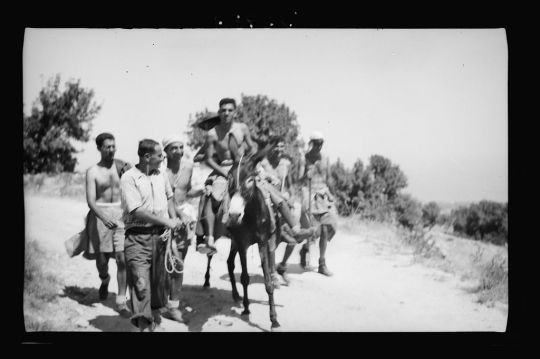
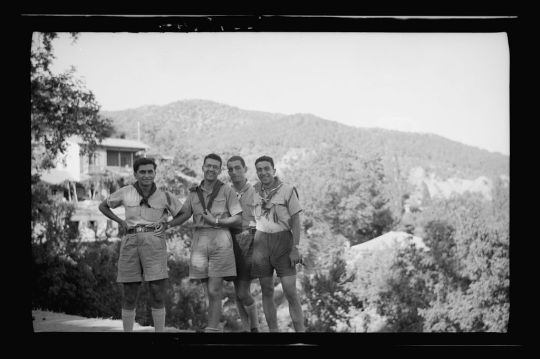

Nitrate negatives taken near the Amiandos Asbestos Mine, August 1945.
Pano Amiantos/Yukarı Amyanto is a village in the Limassol district. Located there is the Amiandos asbestos mine, which operated for most of the 20th century until 1988, and became one of the largest asbestos producers. The mine is located inside the Troodos Mountains, and when it closed, the enormous workings were left as a blot on the landscape of the Troodos. For more information on the restoration of the landscape, please visit www.amiandos.eu/en/.
This photo is a part of a larger collection by G. Eric and Edith Matson. The G. Eric and Edith Matson Photograph Collection is a rich source of historical images of West Asia. The majority of the images depict Palestine from 1898 to 1946, but also include surrounding areas like Cyprus. Most of the collection consists of over 22,000 glass and film photographic negatives and transparencies created by the American Colony Photo Department and its successor firm, the Matson Photo Service. Over 1,000 photographic prints and eleven albums are also part of this collection.
📸 source and information by David Matson Photo Service, distributed by the Library of Congress.
#cyprus#cypriot#cyprus history#cyprus colonial history#troodos mountains#amiandos mine#amiandos village#cyprus archive#cypriot archive
0 notes
Text
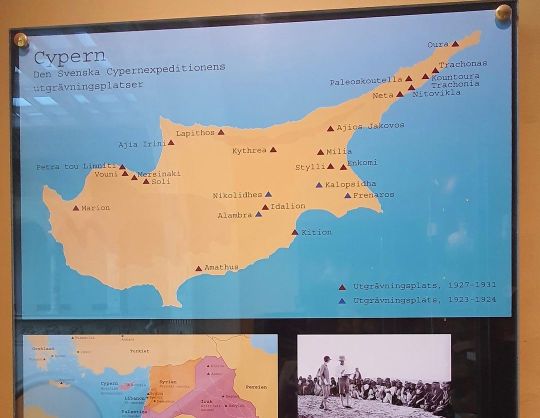


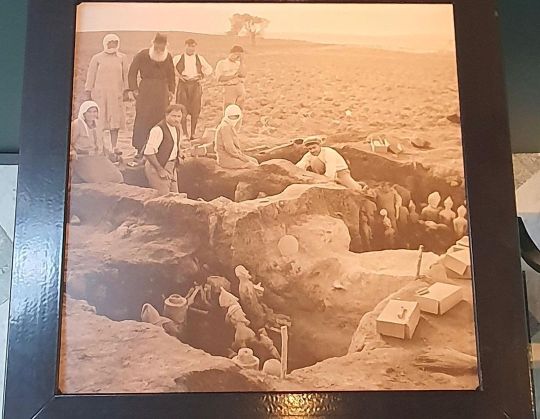


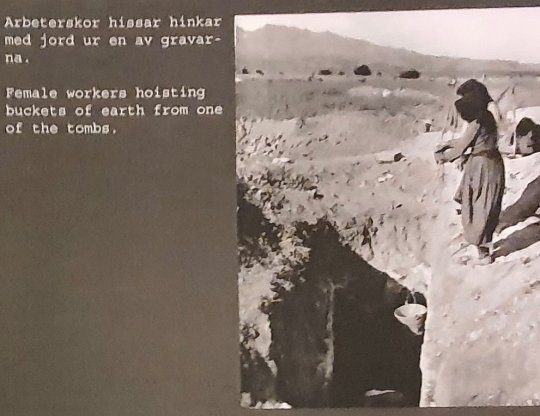
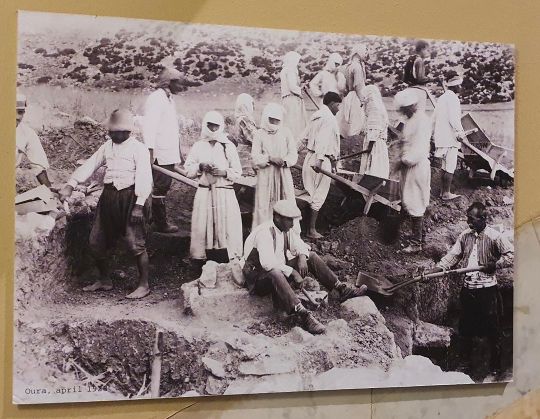
The “Cyprus through the Ages” Collection at Medelhavsmuseet in Stockholm. This exhibit covers 7000 years of Cypriot archaeological history, with special focus on excavations at Ayia Irini/Akdeniz.
The Swedish Cyprus Exhibition lasted between 1927 to 1931. The findings of the exhibition were divided between Sweden and the British colonial government of Cyprus. The other part of the collection can now be found at the Cyprus Museum in Nicosia.
Special thanks to @cypriot_music on Instagram for the submission!
The collection at Medelhavsmuseet is still ongoing, and if you have the opportunity to visit Stockholm, consider checking out this exhibit!
Information provided by https://www.medelhavsmuseet.se/utstallningar/cypern-genom-tiderna/.
#cyprus#cypriot#cypriot archaeology#swedish cyprus expedition#sweden in cyprus#cypriot history#cyprus history#cyprus archaeology#cyprus archive#medelhavsmuseet#cypern genom tiderna
0 notes
Text
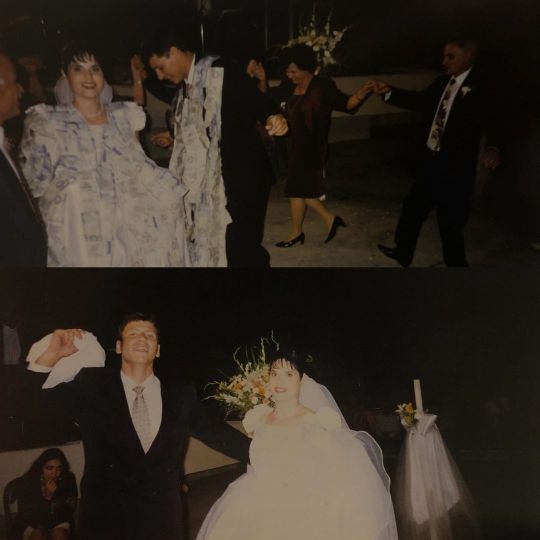
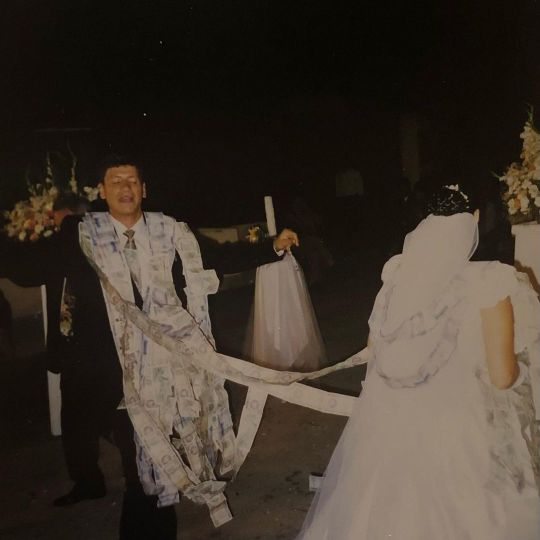
Cypriot wedding near Strovolos, Cyprus, 1990s.
📸 source: my family’s photo collection.
#cyprus#cypriot#cyprus history#cypriot history#cypriot heritage#cypriot wedding#traditional cyprus#cyprus archive#cyprus 1990s#cypriot archive#archive#history#photography#weddings
1 note
·
View note
Photo
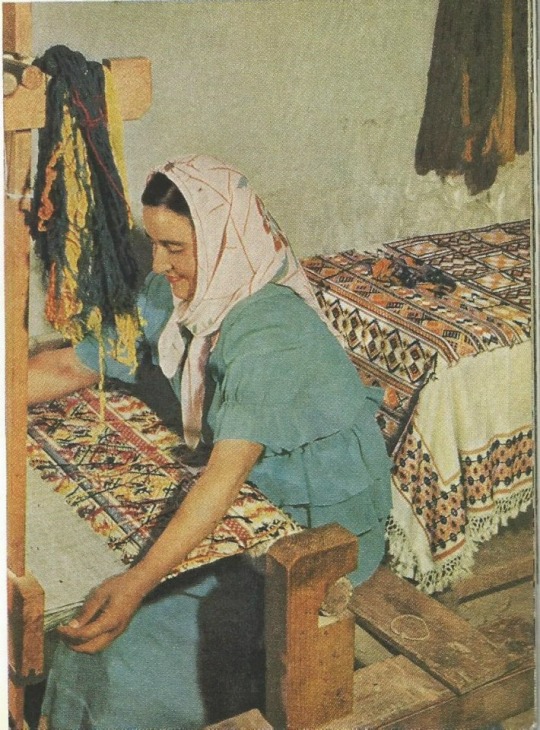
Επί τω έργω, φτιάχνοντας τα παραδοσιακά κυπριακά κεντήματα. Πολλά από αυτά υπάρχουν σε πολλά σπίτια ακόμη και σήμερα, καθώς η αξίας τους είναι διαχρονική. (1928)
Greek Cypriot woman at work, making traditional Cypriot embroidery. Many exist in many homes even today, as their value is timeless. (1928)
368 notes
·
View notes